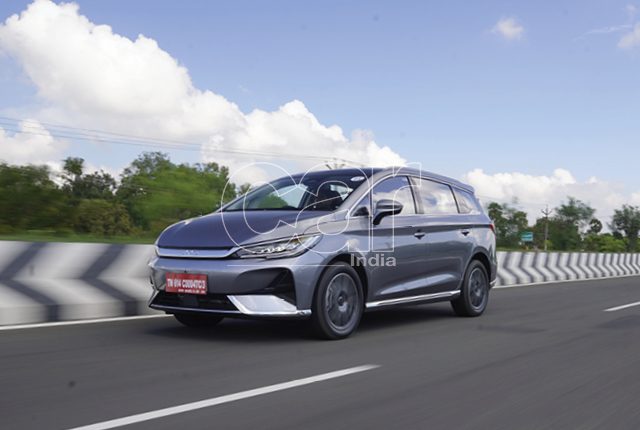 BYD have a lot riding on their latest offering in India, the BYD eMAX 7 electric MPV, which aims to capitalise on its first-mover advantage in the electric MPV segment, which currently has only one car in it: the eMAX 7
BYD have a lot riding on their latest offering in India, the BYD eMAX 7 electric MPV, which aims to capitalise on its first-mover advantage in the electric MPV segment, which currently has only one car in it: the eMAX 7
Story: Sayantan De
Photography: Sanjay Raikar
BYD entered the Indian market in 2021 with the e6 MPV, which was sold exclusively to fleet operators for a year before sales opened up to the public in 2022. We now have the direct replacement for the e6, the BYD eMAX 7 electric MPV, which aims to fill a gap in the market and continue the success story of BYD in India. In a way, this is their most important launch so far and BYD certainly hope the car has what it takes to establish an entirely new segment single-handedly. We went to Chennai to drive it.
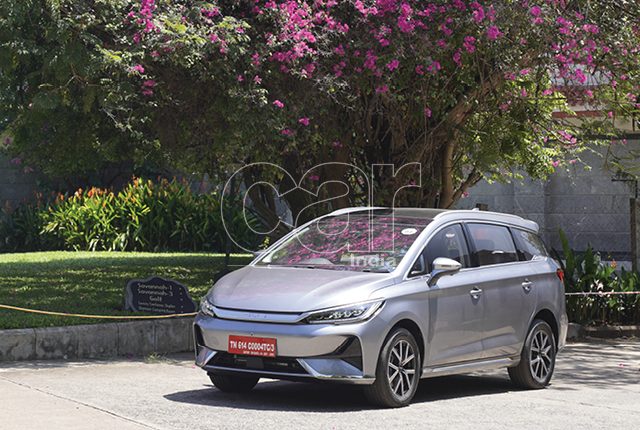
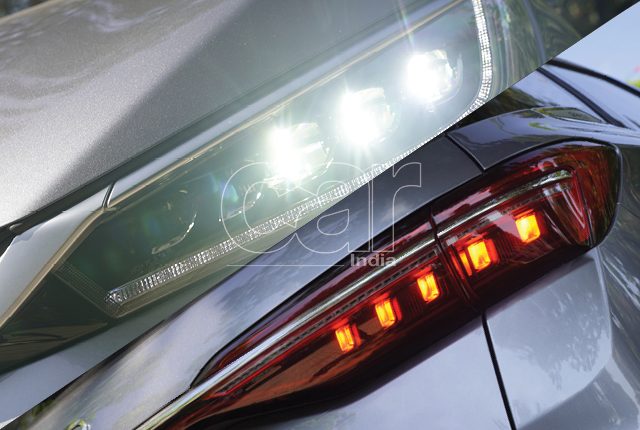
The BYD eMAX 7, called the BYD M6 in other markets, is good-looking in an inoffensive way. It will not make anyone fall in love with it just for its looks, but the design also won’t make anyone not consider it for purchase just because of the way it’s styled. The front end now has a more contemporary appearance compared to the e6, with jewel-like elements in the headlight clusters. BYD call it the “Dragon Face” design; but not the angry dragons of Western mythology, these are the kind, benevolent dragons of the Orient. From the side, it is near-identical to the e6, though the rear end has a new tail-light with a continuous strip connecting the left and right elements. I also like the wheel design, which bucks the trend of asymmetric, diamond-cut alloys and instead opts for an elegant symmetric one. It is slightly longer and taller than the e6, though the width, wheelbase, and ground clearance are identical between the two models.
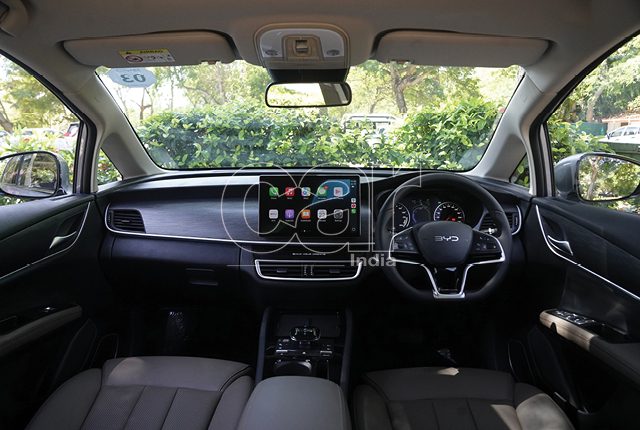
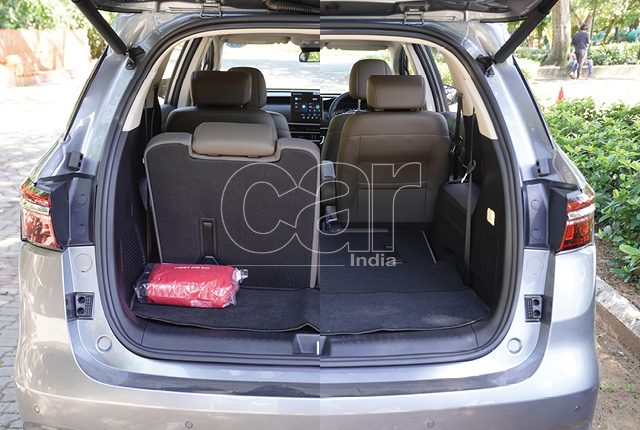
The biggest change is inside, where it gains a third row of seats over the e6, which was five-seater only. The BYD eMAX 7 comes in either six- or seven-seater configurations. This has robbed it of some cargo space, however, as with the third row up, there’s only 180 litres of luggage space; but with the third row folded down, it increases to 580 litres, same as the e6. The colour of the interior moves away from the all-black one of the e6, instead opting for a warmer brown shade, and all three rows get their own air-conditioning vents. These vents kept us cool in the Chennai heat, which was aided by the ventilated seats for the driver and front passenger, both of which get power adjustments on the Superior trim that we were driving. The fixed infotainment screen of the e6 is replaced with BYD’s signature rotating touchscreen replete with wireless Android Auto and Apple CarPlay. The minimalist theme of the interior lends it a futuristic aura. The driver’s console is analogue, though, like the e6’s, with a multifunction display nestled between the two dials. The Superior trim also comes with ADAS and a panoramic glass roof.
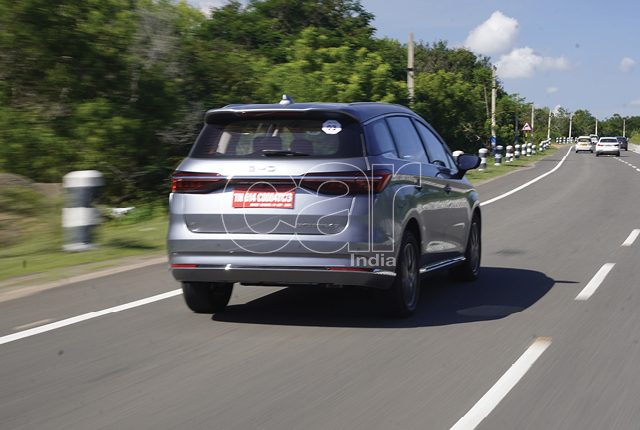
Speaking of the Superior trim, it packs a 150-kW (204-hp) motor and 310 Nm, which results in a 0-100 km/h time of 8.6 seconds for the 1.9-tonne vehicle. The three driving modes adjust throttle response accordingly and, in Sport mode when you step on the loud pedal, there’s the characteristic EV acceleration that pins you to the seat-backs—not something one would expect from an innocuous-looking MPV. BYD claim a top speed of 180 km/h. The Premium trim comes with a 120-kW (163-hp) motor and takes about one-and-a-half seconds longer to 100 km/h. In most EVs, people are afraid to use the sport mode because of range anxiety, but with a 420-km range for the 55.4-kWh Premium trim and a 530-km range (both ranges NEDC) for the 71.8-kWh Superior, Sport mode becomes a thing that can be used all the time, which we did. A regular home AC socket should take around 13 hours to fully charge the battery using the seven-kW onboard charger, according to the manufacturer.
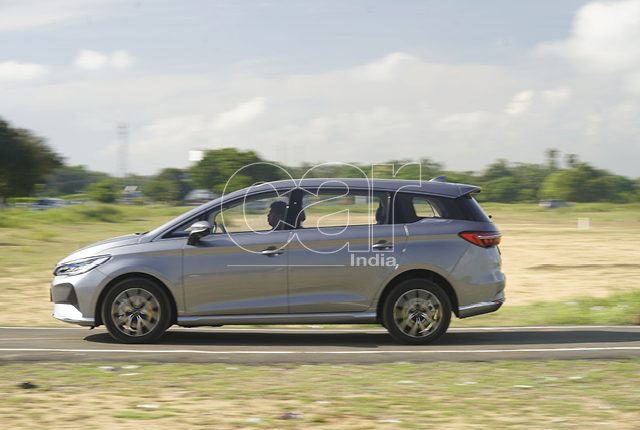
The FWD platform of the BYD eMAX 7 endows it with predictable handling and the suspension keeps it stable round corners. Despite the tall stance, there’s little body-roll; which doesn’t come at the cost of ride quality, though, as most of the roads we drove on were butter smooth, we have to reserve our judgement of how it handles the real rough stuff. The braking power was tremendous, particularly with the regen cranked to the higher one of the two settings. Also, because of the way the throttle pedal is calibrated, it is completely fatigue-free to drive in stop-and-go city traffic thanks to the regen.
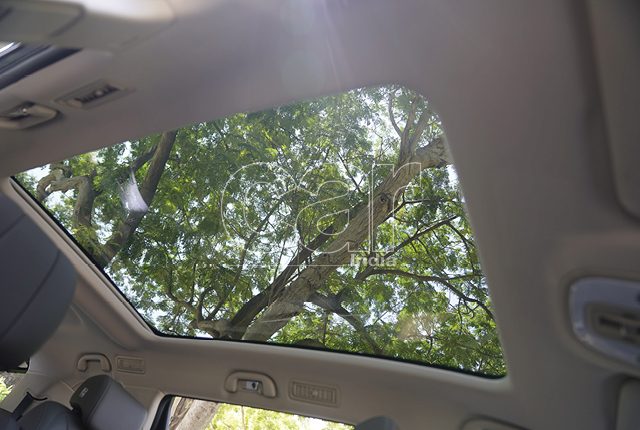
The e6 was launched three years ago with a price tag of Rs 29.15 lakh (ex-showroom). The BYD eMAX 7 costs Rs 26.90 lakh for the Premium trim, with the Superior trim costing Rs 29.30 lakh (both prices ex-showroom). These prices are for the six-seater cars, with the seven-seater option costing an extra Rs 60,000. Even the most affordable BYD eMAX 7 offers far better value for money than the e6, with more seats and the flexibility to choose the seating option one requires, not to mention more powerful motors and a better interior, without losing out on the practicality, comfort, and build quality of the original which made it a sales success in India and popular among the fleet operators.
Considering the BYD eMAX 7 operates in a category of one—a category BYD is creating in the market, that of a six/seven-seater electric MPV—we feel the firm has yet another hit on its hands.


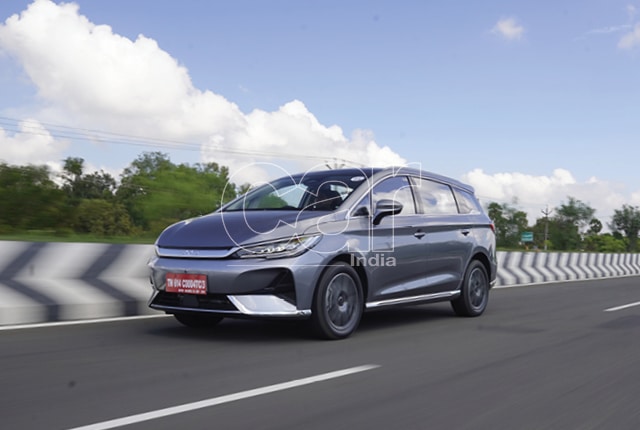









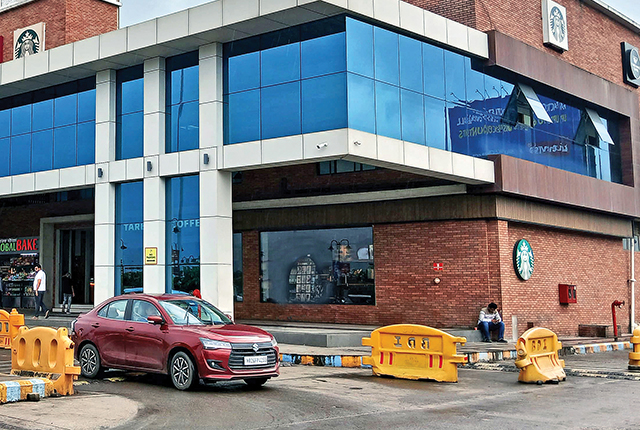








Leave a Reply